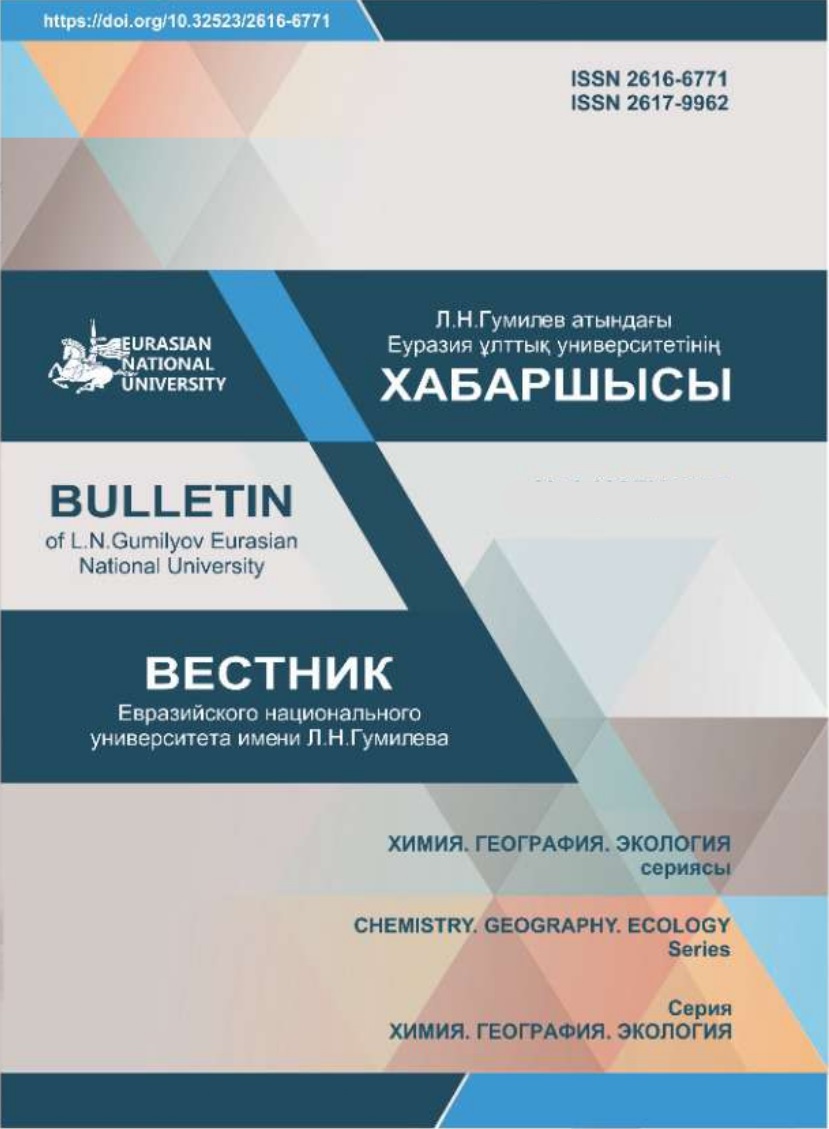Ways of soil biologization and their efficiency
Views: 324 / PDF downloads: 780
DOI:
https://doi.org/10.32523/2616-6771-2019-129-4-100-106Abstract
In the current socio-economic conditions generally recognized method of increasing
soil fertility and crop productivity is the transition system of farming to the biological basis for
what it is necessary to review the existing direction and to justify a new direction in the system
of agriculture based on the principles of using organic fertilizers, green manure, symbiotic nitrogen
fixation, long-term grasses widely.
Assessing the above-mentioned means of biologization individually the article states that the main
focus on the question of increasing the fertility of the soil and the plant and equipment in agriculture
biologization is sowing permanent grasses.
Using cultivation technology, following the rules perennial grasses are resistant agrophytocenoses
which are able to withstand drought. Due to the large mass of plant residues and their high degree
of humification, perennial grasses successfully help the problem of increasing the content of organic
matter in the soil.
In accordance with the materials, the article shows the dynamics of humus in the soil under the
influence of various processing methods of soil cultivation and use of perennial grasses.
Comparative evaluation of traditional, minimum and zero processing technologies for the formation of grass crops has shown that after four years of every year plowing the value of humus in the
0-30 cm soil layer has returned back to the original level of its contents before seeding. Switching to
a minimum and zero processing technology, the formation of herbs and their subsequent use under
crops has significantly reduced the fall of humus in agricultural production. More solid build 0-30
cm soil layer reduces the total porosity and hence, core aeration. As a result, there will be more
favorable conditions for the preservation and use of crops.








